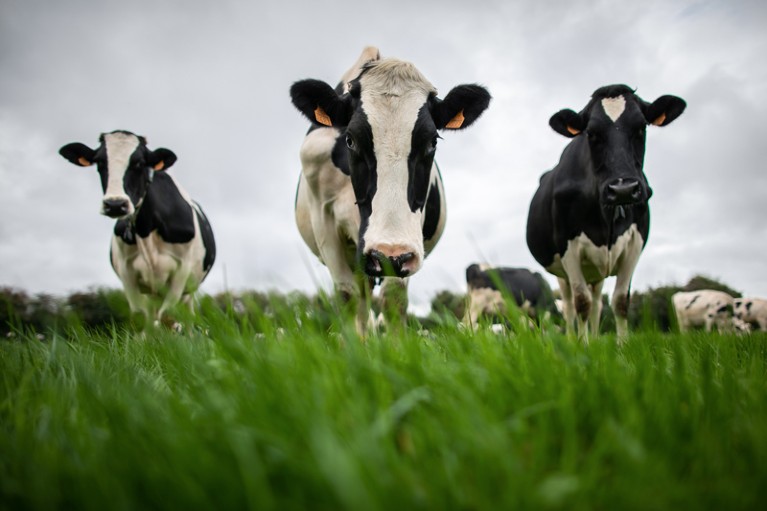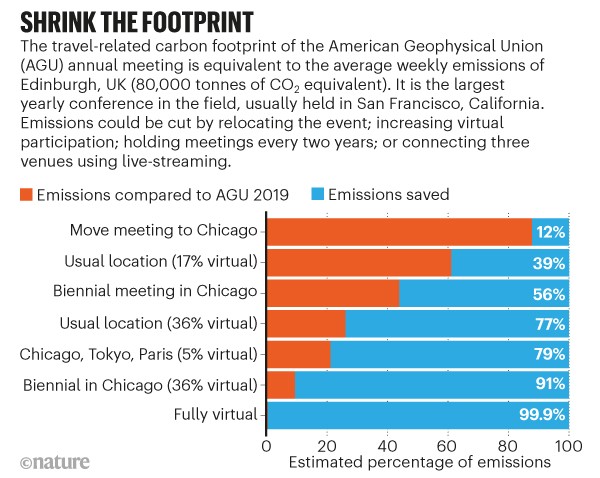Hello Nature readers, would you like to get this Briefing in your inbox free every day? Sign up here

Livestock farming is one factor driving a rise in methane emissions.Credit: Lou Benoist/AFP/Getty
Atmospheric methane levels at all time high
Global methane emissions have risen nearly 10% over the past 2 decades, resulting in record-high levels of the powerful greenhouse gas. Atmospheric concentrations of the gas — 1,875 parts per billion last year — are now more than 2.5 times above pre-industrial levels. Emissions have been mostly driven by agriculture and the natural-gas industry. Increasing red-meat consumption propelled a 12% increase in emissions from agriculture in 2017 alone. “People may joke, but cows and other ruminants burp as much methane as the oil and gas industry,” says Earth-systems researcher Robert Jackson.
Reference: Environmental Research Letters paper & Earth System Science Data paper
US cancels student-visa rule change
The US government has backed off of a visa rule change that put international students at risk of deportation if all their classes were taught online. The government agreed to rescind the change after it was sued by Harvard and the Massachusetts Institute of Technology. The issue had thrown the futures of more than one million foreign students — presently facing visa delays and pandemic-related travel restrictions — into doubt. Some students had already been turned away at US airports because of the rule.
The Wall Street Journal (paywall) | 7 min read or BBC | 4 min read
Features & opinion
How to decarbonize conference travel
The COVID-19 pandemic has forced us to rethink what constitutes necessary travel — which could be a very good thing, argue climate scientist Milan Klöwer and three colleagues. Their calculations show that biennials, regional hubs and virtual attendance could slash emissions from big meetings by up to 90%.

Source: M. Klöwer https://doi.org/10.5281/zenodo.3553784 (2019)
3 tonnes per scientist
The 28,000 delegates to the Fall Meeting of the American Geophysical Union travelled 285 million kilometres there and back — almost twice the distance between Earth and the Sun — emitting, on average, the same amount of CO2 as the city of Edinburgh does every week.
Get to grips with Gödel
Logician Kurt Gödel’s incompleteness theorems crushed the dream of a consistent set of basic axioms on which the foundations of mathematics could be built, and ushered in a world of unanswerable questions. Science writer Natalie Wolchover explains how Gödel “pulled off arguably one of the most stunning intellectual achievements in history” — and how mathematicians continue to come to grips with the consequences.

